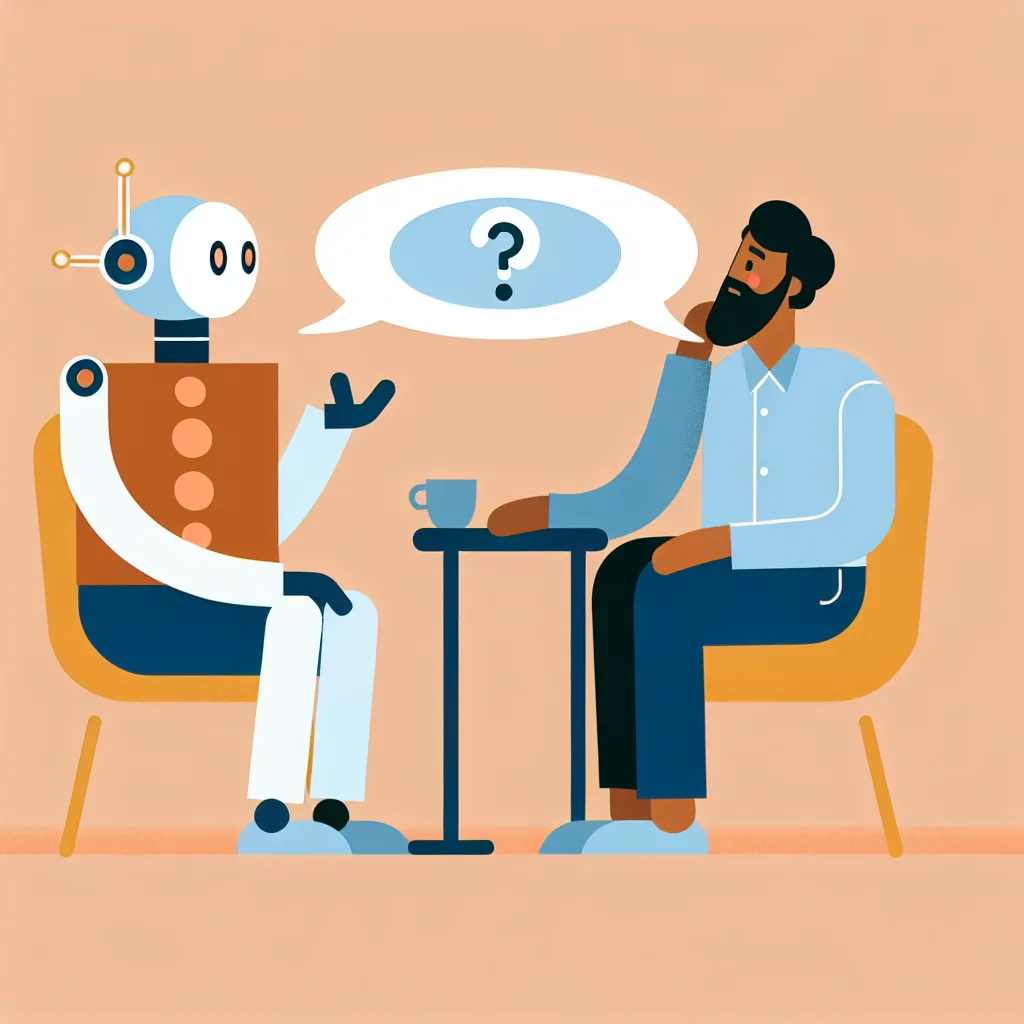It feels like your chatbot is lying, but the real reason is far more interesting. Here’s what’s actually going on when an AI gives you a wrong answer.
Have you ever been chatting with an AI and felt like it was just… making things up? You ask a specific question, and it gives you a confident, detailed answer that turns out to be completely wrong. It’s a weirdly human-like flaw, right? This phenomenon is a big deal in the tech world, and it has a name: AI hallucinations. It’s not just you; everyone who uses AI runs into this, and it’s one of the most fascinating and frustrating parts of the technology.
So, what’s really going on? Why doesn’t the AI just say, “I don’t know”?
It feels like a lie, but to the AI, it isn’t. The core of the issue is how these models are built. Large Language Models (LLMs) like ChatGPT are essentially incredibly complex prediction engines. They’ve been trained on massive amounts of text and data from the internet. When you ask a question, the AI’s goal isn’t to find a factual answer in a database. Its goal is to predict the most likely sequence of words that should come next, based on the patterns it learned during training.
Think of it like a super-powered autocomplete. It’s just trying to create a response that looks and sounds like a correct answer. Most of the time, because its training data is so vast, the most probable answer is also the factually correct one. But when you ask about something obscure, niche, or outside its training data, it can get tripped up. It still tries to generate a plausible-sounding response, but now it’s just stringing words together that seem like they fit, even if the underlying information is pure fiction.
Understanding AI Hallucinations
So, why can’t it just admit defeat? The simple reason is that most models aren’t designed to have a sense of self-awareness or a “knowledge database” they can check. They don’t know what they don’t know. They only know how to generate text.
Imagine you’re asked to describe the history of a fictional country. You could probably invent a plausible-sounding story based on your general knowledge of history, right? You’d talk about kings, wars, and cultural shifts. That’s kind of what the AI is doing. It’s using its vast pattern-matching ability to weave a narrative that fits the prompt, even if the facts aren’t there to support it.
This is a known challenge that companies like Google and OpenAI are actively working on. As Google notes in their work on the problem, tackling AI hallucinations is crucial for building user trust. It’s about finding ways to ground the AI’s responses in verifiable facts rather than just statistical probabilities.
How to Spot and Deal with AI Hallucinations
Okay, so we know these models can invent things. What can we do about it? The first step is to approach AI-generated content with a healthy dose of skepticism, especially when you’re using it for factual research.
Here are a few tips:
- Verify, Verify, Verify: If an AI gives you a specific fact, date, name, or statistic, take a moment to double-check it with a quick search on a reliable source. Treat it like a starting point, not a final answer.
- Ask for Sources: A good trick is to ask the AI to provide its sources. Sometimes it will link to real, relevant articles. Other times, it might hallucinate sources, too—complete with fake URLs! This in itself can be a red flag.
- Keep Your Prompts Grounded: The more specific and grounded your question is, the better. If you ask a broad, open-ended question, you give the AI more room to get creative (and potentially make stuff up).
This isn’t to say AI isn’t useful. It’s an incredible tool for brainstorming, summarizing complex topics, writing code, and so much more. But it’s important to understand its limitations. It’s more like a creative, sometimes forgetful assistant than an all-knowing oracle. For a deeper dive into the technical side, I recommend reading this piece from IBM on AI hallucinations, which breaks down the different types and causes.
Ultimately, the reason AI makes things up is a direct side effect of how it works. It’s a pattern-matching machine, not a fact-checking one. As the technology evolves, we’ll likely see models that are better at recognizing the limits of their own knowledge. For now, it’s up to us to be smart users. Don’t trust, just verify. And maybe enjoy the occasional, weirdly confident nonsense it spits out.
